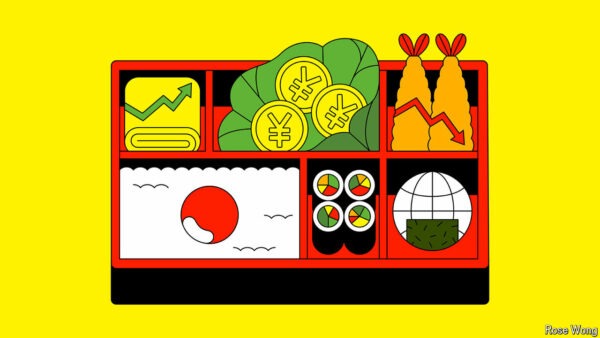Key takeaways from the blowout May jobs report
1:56 p.m. ET, June 7, 2024
All eyes now turn to next week’s CPI inflation report
A worker plasters a ceiling of a new housing complex on Feb. 22, 2024, in the southwest Portland, Oregon.
Jenny Kane/AP
Stronger-than-expected wage gains for the month pushed up average hourly earnings to 4.1% over the past year, reversing a monthslong trend of cooling.
“The Fed doesn’t directly target wages; but where the wages picked up are in the [service sector] areas where we’ve seen the most inflation,” Diane Swonk, chief economist with KPMG, told CNN.
That’s in the service sector, everything from personal care services, cleaning and home maintenance, and vehicle maintenance, she said.
“And that is something that is hard for the Fed, because in order for some of the increases we’re seeing in the service sector, we need to see offset in goods prices in order to bring inflation down,” she said. “But you need a lot of that consistently to deal with stickier inflation that we’re seeing in the service sector; and, unfortunately, wages matter more in particular areas where inflation has gotten stickiest.”
Coming out on Wednesday, the same day the Fed is set to announce its latest monetary policy decision, early economists’ projections are for consumer prices to have slowed on a monthly basis and for a key underlying inflation gauge to moderate as well.
This article was originally published by a amp.cnn.com
Read it HERE







